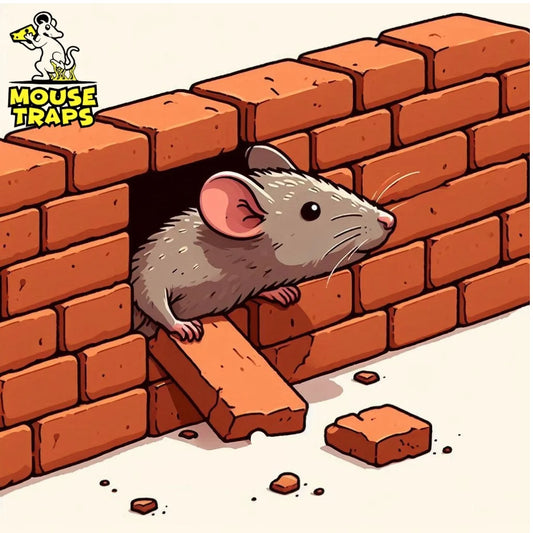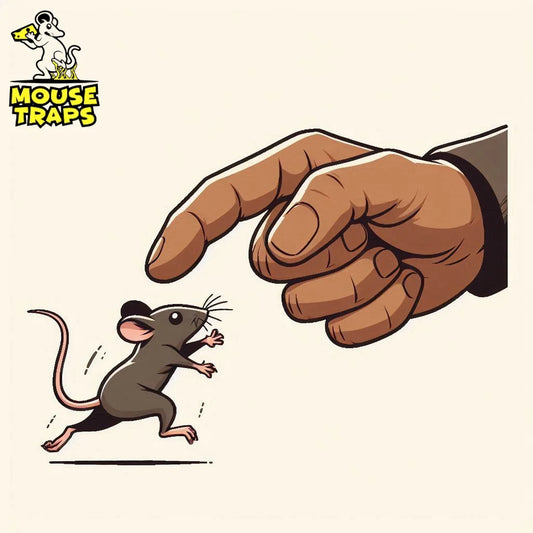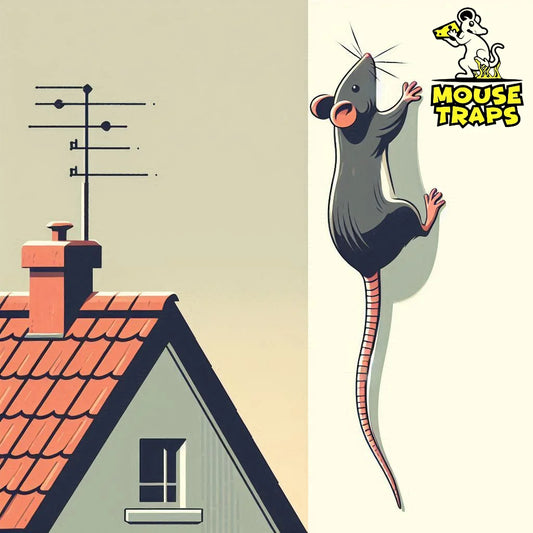Introduction:
Rodents, like rats can be quite bothersome leading to harm to the fixtures we cherish such as gazebos and pergolas. If not dealt with promptly these troublesome creatures can cause chaos, in our retreats. But fear not! In this blog, we'll explore whether using mouse traps can effectively deal with rats causing damage to outdoor structures in the UK. So, let's dive in and discover the most effective methods to safeguard your outdoor spaces.
Understanding the Rat Problem:
Before we delve into the potential solution of using mouse traps, let's gain a deeper understanding of the rat problem. Rats, while small and seemingly harmless, possess an incredible ability to cause damage. With their sharp teeth and constant gnawing, they can reduce outdoor structures to shambles in no time. Not only can they chew through wood, plastic, and wiring, but they also spread diseases and pose a threat to your overall well-being. It's crucial to address this issue promptly, ensuring the longevity of your outdoor structures.

Mouse Traps: A Viable Solution?
1. Traditional Snap Mouse Traps:
Snap traps have long been a popular choice for dealing with rodent problems. These traps consist of a wooden or plastic base and a spring-loaded metal bar that snaps shut when triggered. While effective at catching mice, their success rate may vary when it comes to rats. Larger rats might be too cautious to approach these traps, diminishing their overall effectiveness.

2. Electronic Mouse Traps:
Electronic traps have emerged as a modern alternative to traditional snap traps. These self-contained devices use an electric shock to eliminate rodents. They are equipped with sensors that trigger the trap when a rat enters. However, it's important to note that not all electronic mouse traps are large enough to accommodate rats. Careful consideration should be given to choosing an appropriate size based on the rat species common in the UK.
Live Humane Mouse Traps:
These traps are designed to catch rats without causing them harm. They typically have a mechanism that closes the door once the rat enters, trapping it inside. Made of durable plastic or metal, these traps are suitable for outdoor use and can withstand various weather conditions. Available in different sizes to accommodate various rodent sizes. They are baited with food items attractive to rats, such as peanut butter, cheese, or seeds. Once a rat is caught, it can be released far away from your property, ideally in a wooded or rural area where it won’t return or cause harm.

Benefits:
- Humane Approach: Causes no physical harm to the rats, aligning with ethical treatment of animals.
- Reusability: These traps are reusable, making them a cost-effective solution over time.
- Safety: Safe to use around children and pets, as there are no toxic chemicals or harmful mechanisms.
- Effective: Can be highly effective if placed in areas where rats frequent, such as near food sources or nesting sites.
Sticky Glue Mouse Pads Traps:
These traps consist of flat boards or trays coated with a strong adhesive that immobilizes rats upon contact. Typically made of cardboard or plastic, they are disposable after use. Placed along walls, near entry points, or in areas where rats are known to travel. They can be baited or left un-baited. Best used in dry environments, as moisture can reduce the effectiveness of the adhesive.

Benefits:
- Easy to Use: Simple to set up and requires minimal maintenance.
- Immediate Effectiveness: Provides immediate results by trapping rats on contact.
- No Poison: Does not involve toxic chemicals, reducing the risk of secondary poisoning of pets or wildlife.
- Versatile Placement: Can be used in tight spaces where other traps may not fit.
Debunking Common Myths:
Myth 1: Cheese is the Ultimate Bait:
Contrary to popular belief, cheese is not the most effective bait for rats. Rats are more inclined to be attracted to high-calorie foods such as nuts, seeds, or peanut butter. Experiment with various bait options to find what works best for your rat infestation problem.

Myth 2: Spring is the Only Prime Time for Rat Infestations:
While it is true that rats are more active during warmer months, they can still cause damage to outdoor structures throughout the year. It's crucial to remain vigilant and take necessary preventative measures regardless of the season.
FAQs:
Conclusion:
Dealing with rats causing damage, to structures like gazebos or pergolas can be effectively managed by using mouse traps as a tool. By considering the different trap options available you can choose the suitable one for your specific needs. It's crucial to address rat infestations and take measures to maintain the structural integrity and longevity of your outdoor spaces. Whether you decide on traps electronic traps, live traps or glue traps your commitment, to implementing these solutions will help safeguard your outdoor structures from further harm. Stay vigilant, keep your exteriors secure, and enjoy your outdoor haven rodent-free.




